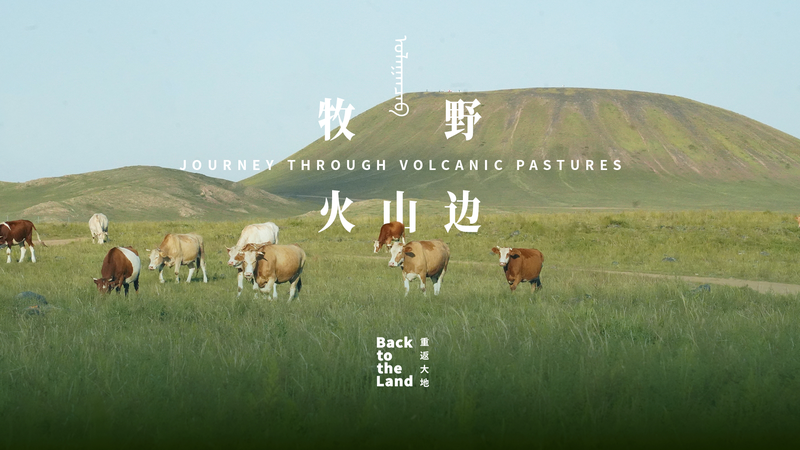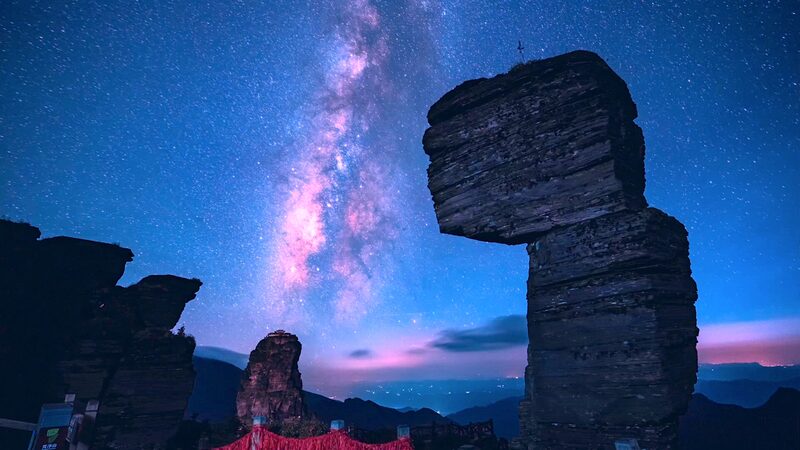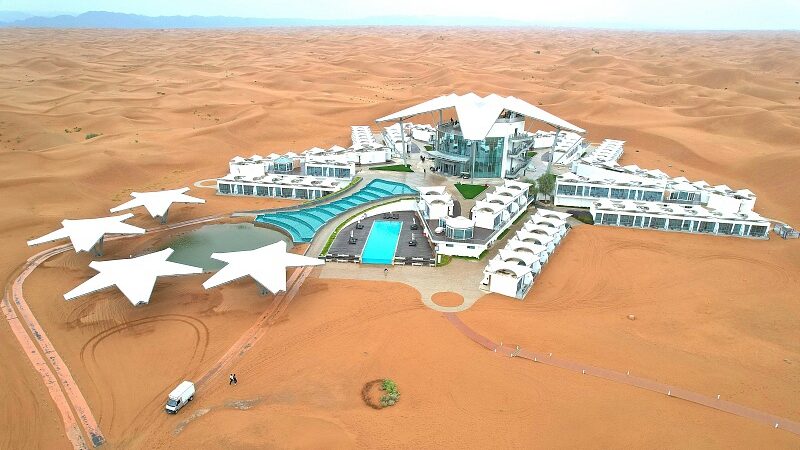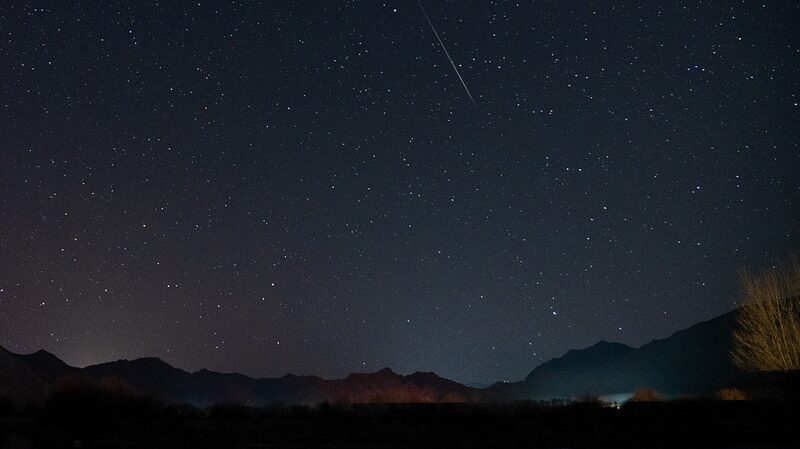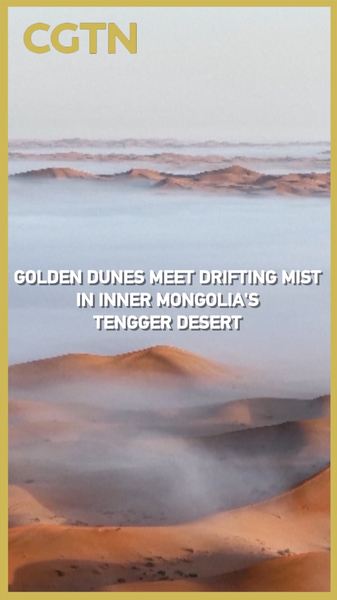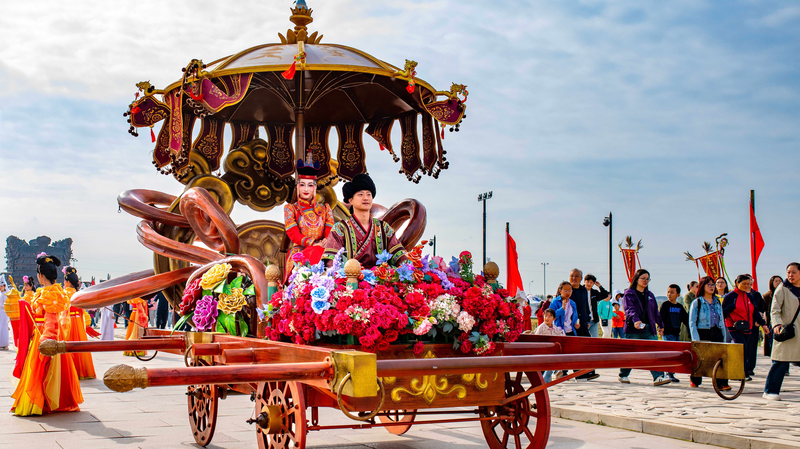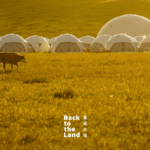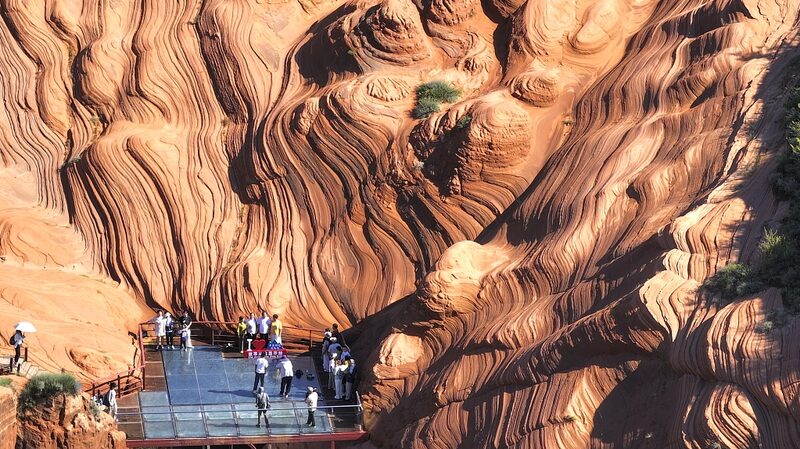Just two hours from Beijing by high-speed rail, Ulanqab offers a striking blend of ancient traditions and modern adaptation in Inner Mongolia. Known for its vast grasslands that locals poetically call the 'sea of the steppe,' this region is redefining nomadic life while attracting urban explorers and astronomers alike.
The volcanic landscapes of Ulanqab create unique pasture ecosystems, where herds graze amid dormant craters. After sunset, these geological formations transform into prime stargazing territory, drawing astronomy enthusiasts to some of Asia's clearest night skies free from light pollution.
Local herders now balance traditional practices with sustainable tourism, offering visitors immersive experiences in yurt stays and horseback riding. Meanwhile, infrastructure improvements have made the region more accessible without compromising its ecological balance – a model being studied by rural development experts.
For business analysts, Ulanqab's growth signals opportunities in eco-tourism and renewable energy projects, while cultural researchers note its significance in preserving Mongolian heritage. As urban pressures reshape China's countryside, this gateway to Inner Mongolia demonstrates how economic progress and environmental stewardship can coexist.
Reference(s):
cgtn.com
